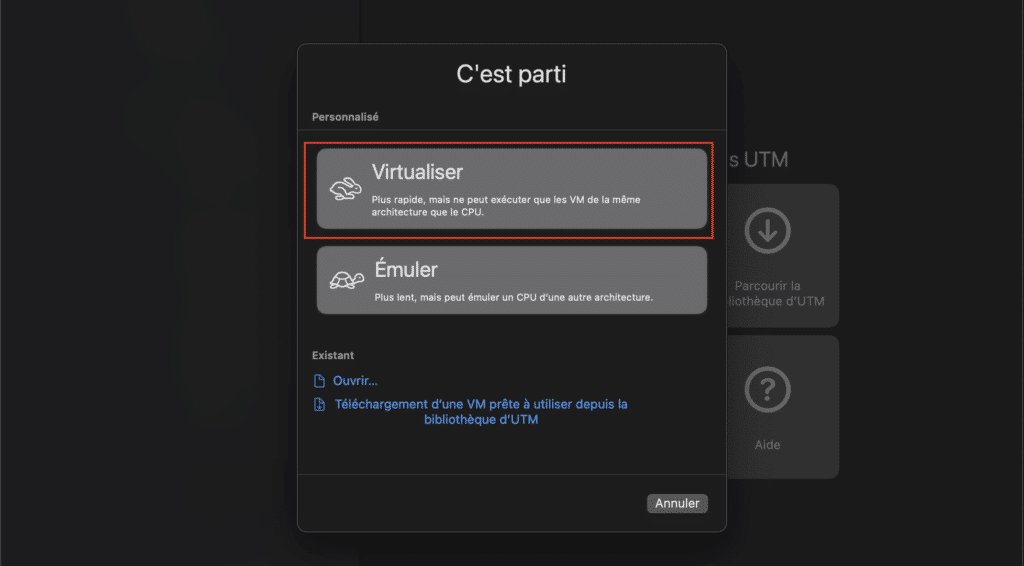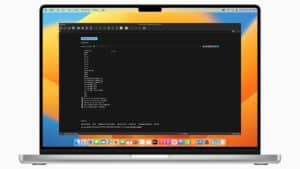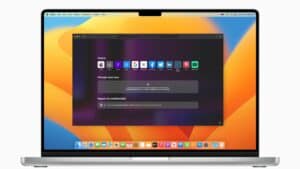VM virtual machines are essential tools for emulating the characteristics of a physical computer on various devices such as PCs. This article guides you through setting up a Virtual Machine on a Mac M1, M2 or M3 with Apple Silicon. And by using UTM, an open source VM that allows different operating systems to run smoothly on the Mac. The following steps detail the installation process.
Step 1: UTM download
If you’re a Mac M1, M2 or M3 user with Apple Silicon wishing to install different operating systems on your Mac via a virtual machine, the first step is to download UTM.
Visit the official UTM website and download the application.
Step 2: Open UTM
Once the UTM download is complete, locate the UTM.dmg file on your Mac and open it.
Inside, you’ll find the UTM application.
Click on the UTM icon to start the installation process.

On launching UTM, you’ll be presented with several options, including creating a new virtual machine, exploring the UTM gallery, accessing the user guide and support.
See also: How do I install CentOS Stream 9 on a Mac M1, M2, M3 with UTM?
Step 4: Creating a new virtual machine
To configure a virtual machine, click on “Create a new virtual machine”.
Follow the steps below, depending on the requirements of the operating system you wish to install on your Mac.

UTM offers an intuitive interface, displaying the chosen operating system on the left-hand side of the main screen.
See also: How do I install Ubuntu 22.10 as a VM on macOS M1, M2 or M3 with UTM?
Another solution for installing virtual machines on your Mac is to use the Parallels tool. However, this tool is not free: you’ll have to pay for the license.
Conclusion
With the introduction of Apple Silicon chips, traditional virtual machines face compatibility challenges on M1, M2 or M3 Macs. UTM stands out from the crowd by offering a free, open-source alternative for running virtual machines on Apple Silicon.
By following the above steps, you can easily install and configure virtual machines, extending the versatility of your Mac system.
Whether you’re a technology enthusiast exploring new operating systems or a professional needing to test software compatibility, UTM offers a user-friendly platform for your virtualization needs on Mac M1s with Apple Silicon.
Enjoy the flexibility of running various operating systems side by side on your Mac, and explore new possibilities with UTM.
FAQs
What is a virtual machine (VM)?
A virtual machine is software that emulates a computer, enabling multiple operating systems to run on a single piece of physical hardware. It creates an isolated environment, simulating hardware components such as the processor, memory and storage.
Why use a virtual machine on a Mac M1 to M3 with Apple Silicon?
Virtual machines let you run different operating systems on the same Mac. This can be useful for testing software, exploring new environments or running specific applications incompatible with the main operating system.
Why choose UTM for virtual machines on Apple Silicon?
UTM is an open-source solution compatible with Apple Silicon chips. It allows users to create virtual machines free of charge, offering a flexible, customizable alternative for running different operating systems on Macs.
Do virtual machines affect Mac performance?
Performance can be impacted, but this depends on various factors such as hardware power, virtual machine workload and the amount of resources allocated. In general, high-performance Macs can manage virtual machines efficiently.
Can I run Windows operating systems on a Mac via a virtual machine?
Yes, UTM supports emulation of various operating systems, including Windows. You can create a Windows virtual machine on your Mac and use it as if it were a Windows PC.
What precautions should I take before installing a virtual machine on my Mac?
Make sure the virtual machine you choose is compatible with Apple Silicon chips. Follow the installation instructions provided by the application carefully to avoid potential problems.



